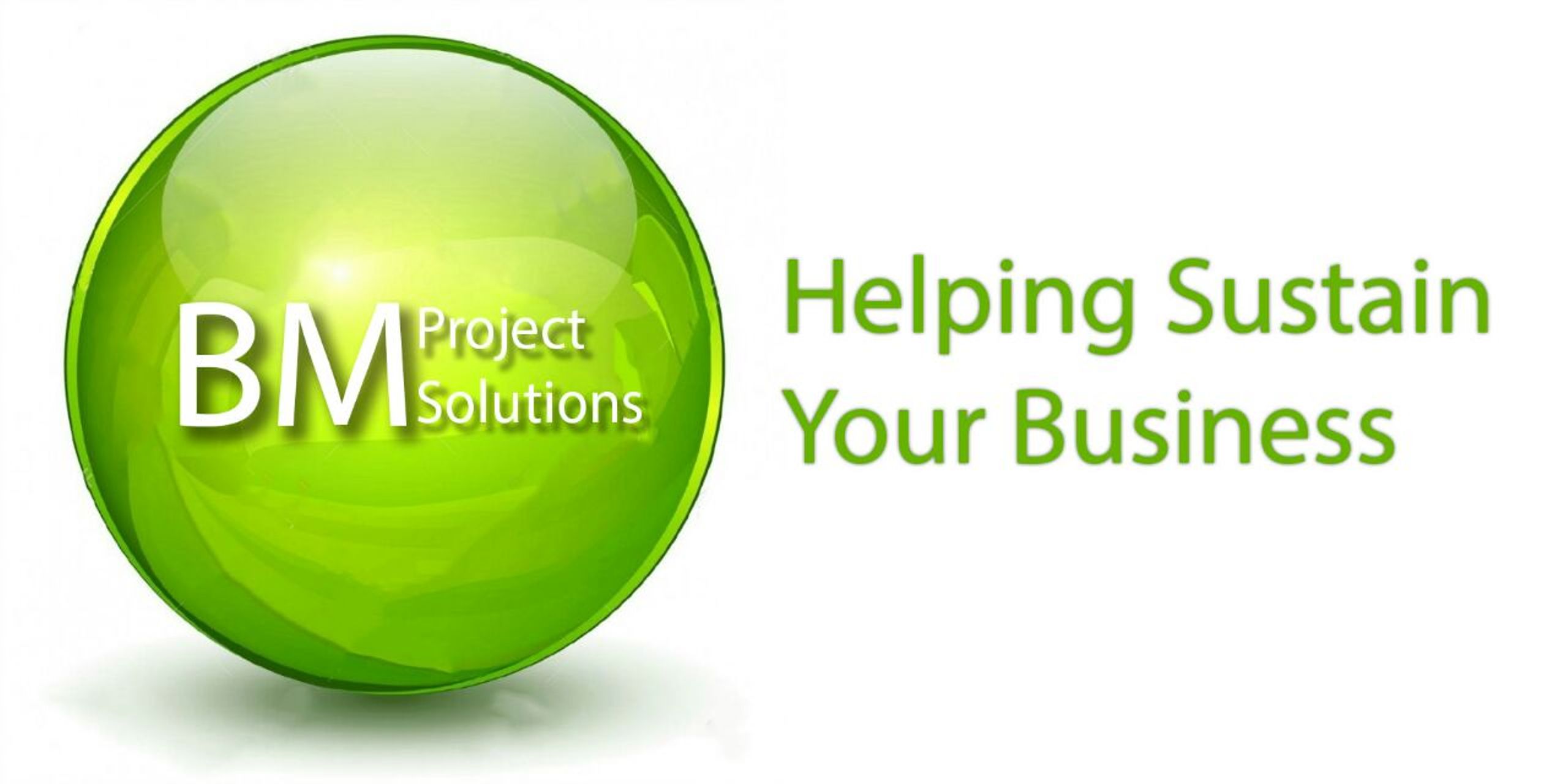Teams and companies must first
address the subject of Agile vs. Waterfall at the start of each software
project. To produce a high-quality result, software projects follow a
methodology of precisely defined procedures, or Software Development Life Cycle
(SDLC). The segments of an SDLC are identified, as well as the organized flow
from one phase to the next. There are usually six to seven stages. The
development procedures Agile and waterfall are both popular, although they are
extremely different.
Agile methodology is a form of
incremental software development technique based on ideas that place a greater
emphasis on people, outcomes, collaboration, and adaptability to change. It
breaks down the development process into small increments accomplished in iterations,
or short time limits, rather than planning for the entire project. Each
iteration encompasses all phases of the SDLC, resulting in a functional product
at the end. A new or revised product is released after multiple revisions. Waterfall
project management is a tried-and-true method for creating technical systems
that was developed for manufacturing and construction projects. When it comes
to software development, specific activities that have been done in one phase
must be examined and confirmed before going on to the next. It's a sequential
and linear strategy, with stages flowing down (waterfalls) to the next.
So, what distinguishes Agile
from Waterfall methodology? Both techniques can aid in the creation of
high-quality project management. Knowing the difference between agile and
waterfall may help a development team pick the proper approach and
methodologies for delivering a successful software project, depending on the
individual project requirements. The following are some of the key differences.
Agile is a method that is incremental and iterative, whereas Waterfall is a
method that is linear and sequential. A project is divided into sprints in
Agile, while a project is divided into stages in Waterfall. Agile aids in the
completion of numerous minor projects, whereas Waterfall aids in the completion
of a single project. Waterfall focuses on effective project delivery, whereas
Agile provides a product mentality with a focus on customer happiness. In
Agile, requirements are created daily, whereas in Waterfall, requirements are
created once at the start. Waterfall avoids scope modifications once the
project begins, but Agile allows for adjustments at any moment. In an Agile
project, testing occurs concurrently with development; in a Waterfall project,
testing occurs only after the build process. In Agile, test teams can
participate in requirement changes; in Waterfall, test teams are not allowed to
participate in requirement changes.
So, what are the development
stages for each of these methodologies? Agile development is a team-based
approach to software development that stresses the speedy release of a
functional application while focusing on customer satisfaction. It establishes
a sprint, which is a time-boxed phase with a two-week duration. A list of
deliverables is prioritized based on client feedback at the start of each
sprint. The developers and the client analyze and assess the work at the
conclusion of the sprint, making suggestions for future sprints. Agile
methodology refers to more particular ways based on processes, such as Scrum
and Kanban, as a methodology based on basic principles. Waterfall project
management is a sequential approach to software development that separates the
Software Development Life Cycle into phases including requirements collecting,
analysis and design, coding and unit testing, system and user acceptability
testing, and deployment. Only once the preceding step has been finished can the
following phase begin. A deliverable or a document must be signed off in between
stages. All stages are only done once, thus all needs are gathered as much as
feasible from the outset to offer information for planning, scheduling,
budgeting, and resource allocation. Because it is plan-driven, any
modifications made after the project has begun will cause the initial plan to
be thrown off and will necessitate a redo.
What are the benefits or
advantages of these methodologies? Agile is noted for its shorter software
development life cycle, consistent sprint schedules, customer-focused strategy
that leads to higher customer satisfaction, flexibility in accepting changes,
and project management empowerment of teams. Due to the agreement on
deliverables at the outset of the project, waterfall is recognized for simple
planning and design, better design with a whole-system approach, specified
scope of work, easier costing, and unambiguous measures of progress. What are
the disadvantages of these methodologies? Agile necessitates a high level of
client participation, which not all consumers are comfortable with or
appreciate. Agile believes that every project team member is entirely devoted,
which undermines the self-management premise. Customer interaction is hampered
by the waterfall, resulting in low satisfaction. For a major project with an ultimate
result that is too distant in the future, a sequential method is not suitable.
Testing is only conducted in the last stages of a project.
Waterfall Model Restrictions:
It is not a good model for a huge project. It is a less effective strategy if
the requirement is not apparent from the start. It's tough to return to prior
phases and make modifications. After the development phase is completed, the
testing phase begins. As a result, there's a good likelihood that flaws will be
discovered later in development, when they'll be more expensive to correct. The
Agile Model's Restrictions For modest development initiatives, this strategy is
ineffective. At order to make crucial choices in a meeting, an expert is
required. When compared to other development approaches, the cost of
implementing an agile process is slightly higher. If the project manager does
not know what outcome he or she wants, the project might quickly go off track.
Before you begin, decide, think
about the best course of action. Determine the variables, dependencies, and
actions that are critical to your project's success. Determine the most
important metrics and success criteria, then compare each technique to find the
greatest fit. Assess your team's knowledge and expertise with various project
management methodologies and frameworks by involving them in the
decision-making process. Finally, whatever decision you make, make sure you
stick to it! Changing horses in the middle of a race seldom works out well.
Till next time!
BM Project Solutions.






